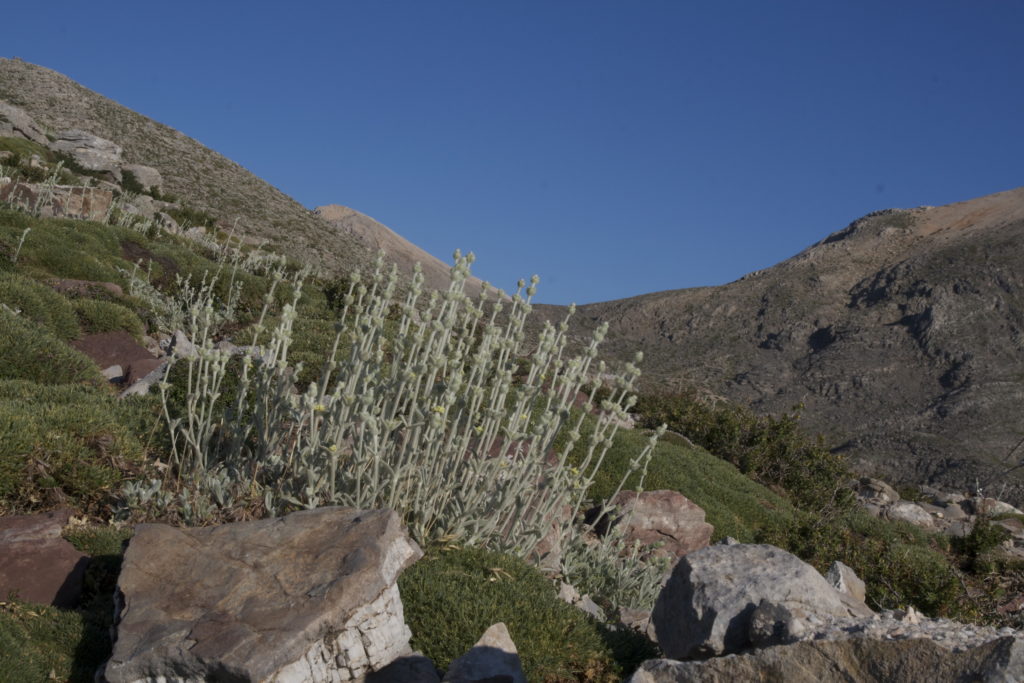Tea (Camellia sinensis infusion) is the oldest consumed beverage and its use dates back more than 5000 years ago in China. After water, tea is the most widely consumed liquid in the world. Although its exact place of origin is not evident, it is considered that its cultivation started in northeast India, north Myanmar, and southwest China. The cultivation of tea is restricted to certain areas due to the specific agro-climatic conditions required (tropical, sub-tropical climate).Tea is currently grown in more than 35 countries and supports over 13 million people. Its cultivation and harvest is a labor-intensive procedure and most of the population employed in the tea industry are residents in remote and under-develop rural areas where job opportunities are scarce. World tea production (black, green, instant, and other) reached 5.73 million tonnes in 2016.China accounted for 42.6 percent of world tea production, with an output of 2.44 million tonnes, India followed, with 1.27. Meanwhile, the output in the two largest exporting countries, Kenya and Sri Lanka reached 475 300 tonnes and 295 300 tonnes, respectively (FAO). The increasing consumer awareness for healthy foods, and the improvement of the livelihood of the population of fast-developing countries such as China and India, has increased the demand for this commodity. Although tea consumption and production present an overall increase, in Europe a decline is observed and this is attributed to the strong competition of tea with other beverages like carbonated drinks, and water (CCP:TE 18/CRS1).
Green tea has been extensively studied regarding its health-promoting properties. The high polyphenol content, mostly catechins, is responsible for the high antioxidant potency of the infusion. Other biological properties related to catechin content include anti-inflammatory and chemoprotective effects. Traditional Chinese medicine recommends it against headaches, indigestion and as an antidepressant and anti-aging agent. United Nations recognizing the biological value of tea, its long history, and its cultural and socio-economic importance, proclaimed the 21st of May as the International Tea Day.
In Greece, tea consumption is limited compared with other European countries and this is mainly due to the wide variety of plant species that are used as beverages. Greek flora is considered rich and diverse and many aromatic plants are consumed mostly as decoctions, while the term “tea” is used interchangeably for these preparations. Many of these herbs are known since antiquity and they are renowned for their medicinal properties. Few selected examples are presented below:
Dittany (Origanum dictamnus L)
O. dictamnus L. (known as dittany) is an endemic plant of the island of Crete (Greece)belonging to the family of Lamiaceae, genus origanum. Its decoction is also known as “Cretan tea” and it is widely used by the Cretans as a panacea for all sorts of illnesses. Traditionally, dittany decoction has been employed for the treatment of tonsillitis, headaches, common cold, gingivitis, sore throat, toothaches, neuralgia, and cough. The antimicrobial properties of the beverage are related to specific compounds present in the volatile fraction of the species, such as carvacrol, p-cymene, and c-terpinene.
Greek Sage (Salvia fruticosa M.)

S. fruticosa Mill belongs to the family of Lamiaceae, genus Salvia. The name of the genus derives from the Latin word “salvare” which means “to save”, referring to the healing properties of the plant. Commercially Salvia fruticosa is known as “Greek” sage and it is widely consumed in the form of decoction. Traditionally, sage tea is used for the relief of headaches, stomach aches, and abdominal pain. Studies showed that sage infusion might possess anti-glycemic properties and act also as a cognitive booster. The major constituent of sage’s volatile fraction is the terpene 1,8 cineole. While the polar fraction is mainly characterized by the presence of polyphenols such as phenolic acids, chlorogenic acid, and flavonoids, with rosmarinic acid being the dominant compound.
Ironwort (Sideritis syriaca L)
S.syriaca belongs to the family of Lamiaceae, genus sideritis. The herb is also known as “Mountain tea” andits decoction is quite popular in the Balkan peninsula. In Greek, “sideritis” is translated as “he who is made of iron” and in antiquity, it was believed that it had healing properties on wounds from iron weapons.In folk medicine, S.syriacapreparationshavebeenused as anti-inflammatory, antimicrobial, antioxidant, analgesic, antirheumatic, and tonic agents, while its decoction is used as a relief from the common cold. The decoction is rich in phenolic compounds such as chlorogenic acid, phenylpropanoids and flavone glycosides. The major volatile component of S.syriacais carvacrol.
Keywords: tea, sage, ironwort, dittany, properties
Author: Spyros Grigorakis, Chemist PhD, Laboratory of Analytical Chemistry & Chemistry of Natural Products, CIHEAM Mediterranean Agronomic Institute of Chania (MAICH)


